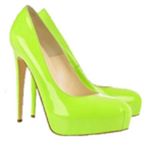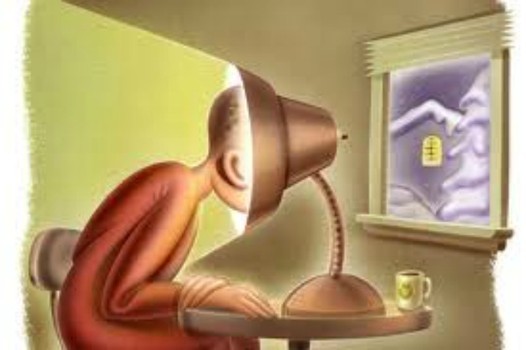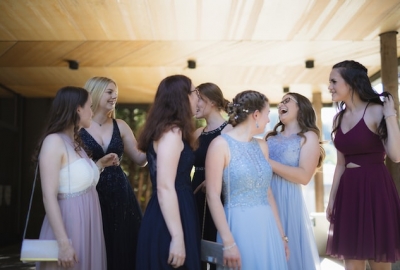Shine a Light on Seasonal Affective Disorder
In addition to snow and cold weather, this time of year also brings about the winter blues – formally known as seasonal affective disorder or SAD – for many people. SAD is caused by a possible shift in our internal biological clock, the circadian rhythm, due to diminished daylight. Symptoms include depression, fatigue, lack of motivation, inability to concentrate, increased sleep, craving for sweets, weight gain, irritability, anxiety and social contact avoidance.
“If you have those symptoms, and especially if you have had them during previous winters, you may have SAD,” said Dr. Dongsheng Jiang, family medicine physician with Penn State Hershey Medical Group.
SAD is rather common, affecting as much as 10 percent of the population in the northern United States.
“Light therapy is the most studied treatment for SAD; in fact, it is at least as effective as antidepressants and works faster, with fewer side effects,” Jiang said. Light therapy involves simply sitting close to a light source with your eyes open. And there are many affordable light boxes on the market.
Since the FDA does not regulate light boxes and they may not be covered by insurance, Jiang said you should seek a device which clearly states it is designed for SAD. Look for details about intensity, safety, cost and style. Normally, UV light should be filtered out. Keep in mind that when it comes to size, bigger light boxes may not necessarily be more effective.
Efficacy depends on treatment duration, timing and intensity. Intensity is measured in “lux”; for example, normal office lighting is around 400 lux and full daylight with no direct sun is at or beyond 10,000 lux. Treatment intensity is from 2,500 to 10,000 lux and duration can be 15 minutes to two hours. At the beginning, start low and slow, and keep a longer distance from the light source. In addition, it is recommended that you avoid looking directly into the light box during treatment.
“Light therapy could have some side effects, but they are few and typically reversible,” Jiang said. Symptoms may include eye strain, headache, nausea, agitation or trouble falling asleep (if done late in the day). People with diabetes and pre-existing eye conditions should have an eye exam before treatment. Some medications can cause photosensitivity, too. All treatment plans should be monitored by a physician.
In addition to light treatment, natural light exposure from outdoor activities is also helpful for symptoms of SAD. Because snow reflection is part of natural light, you may also receive light therapy as you shovel snow or go for a winter hike.
“With light therapy, people with SAD can be more content right here at home and do not have to rush to join the seasonal Florida migration to find happiness this winter,” Jiang said.
Article by the Penn State Milton S. Hershey Medical Center.

This article was written by the guest author listed at the end of the article.




